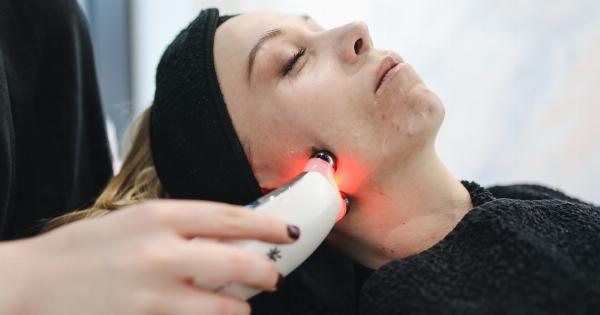Hemorrhoids are one of those painful and embarrassing conditions that few people want to talk about, even though it’s a common problem that affects millions of people around the world.
Whether you’re suffering from internal hemorrhoids, external hemorrhoids, or a combination of both, this guide to diagnosis and treatment will help you understand the causes of hemorrhoids, what the symptoms are, how to diagnose the condition, and what treatment options are available to you.
What are Hemorrhoids?
Hemorrhoids are swollen veins in the lower rectum or anus. There are two types of hemorrhoids: internal hemorrhoids and external hemorrhoids.
Internal hemorrhoids occur inside the rectum and are not visible. These are typically painless and can cause bleeding during bowel movements. External hemorrhoids occur outside the anus and can be seen as a bulge or lump around the opening of the anus.
These can be painful and can cause bleeding and discomfort.
Causes of Hemorrhoids
Hemorrhoids can be caused by a variety of factors, including:.
- Straining during bowel movements
- Pregnancy
- Obesity
- Sitting for long periods
- Aging
- Chronic diarrhea or constipation
- Heavy lifting
Symptoms of Hemorrhoids
The symptoms of hemorrhoids vary depending on the type and severity of the condition. Some of the most common symptoms include:.
- Rectal bleeding during bowel movements
- Pain or discomfort around the anus
- Itching or irritation around the anus
- A lump or swelling around the anus
- Mucus discharge from the anus
Diagnosis of Hemorrhoids
Diagnosing hemorrhoids usually involves a physical examination of the anus and rectum. The doctor may also perform a digital rectal exam or use a scope to examine the inside of the rectum.
In some cases, a colonoscopy may be recommended to rule out other conditions that could be causing the symptoms.
Treatment of Hemorrhoids
The treatment of hemorrhoids depends on the severity of the condition. In many cases, the symptoms can be managed with simple lifestyle changes, such as:.
- Increasing fiber intake to soften the stool and prevent constipation
- Drinking plenty of water to stay hydrated
- Taking over-the-counter pain relief medications such as ibuprofen or acetaminophen
- Using topical creams or ointments to relieve pain and itching
If the hemorrhoids are severe or do not respond to conservative treatment, more invasive procedures may be necessary. Some of these include:.
- Rubber band ligation: A rubber band is placed around the base of the hemorrhoid to cut off its blood supply.
- Sclerotherapy: A special solution is injected into the hemorrhoid to shrink it.
- Cryotherapy: The hemorrhoid is frozen off using a special probe.
- Hemorrhoidectomy: The hemorrhoid is surgically removed.
Preventing Hemorrhoids
There are a number of things you can do to prevent hemorrhoids, including:.
- Eating a high-fiber diet
- Drinking plenty of water
- Getting regular exercise
- Avoiding straining during bowel movements
- Taking breaks from sitting for long periods
When to See a Doctor
If you experience symptoms of hemorrhoids, it’s important to see a doctor to rule out other conditions and get an accurate diagnosis. Seek medical attention if you experience:.
- Rectal bleeding that does not stop
- Severe pain or discomfort around the anus
- Sudden, intense pain around the anus
- Difficulty passing stool
Conclusion
Hemorrhoids can be a painful and embarrassing condition, but with proper diagnosis and treatment, the symptoms can be managed effectively.
Talk to your doctor about your symptoms and treatment options if you suspect you may be suffering from hemorrhoids.





























